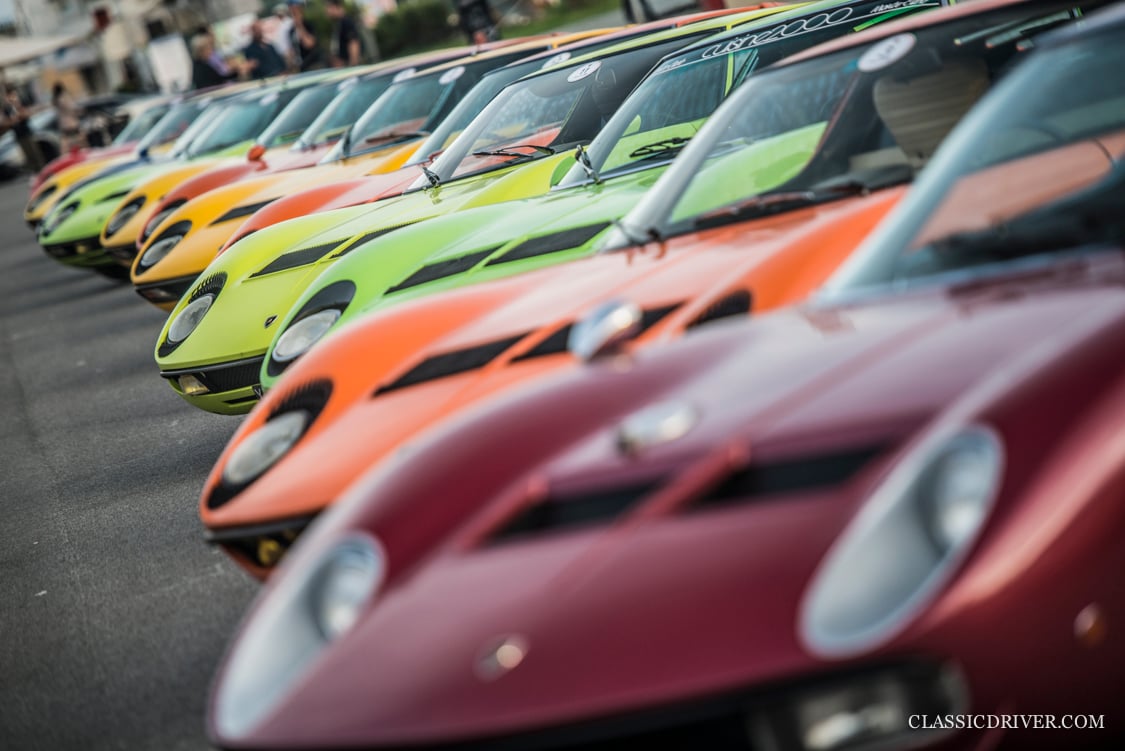
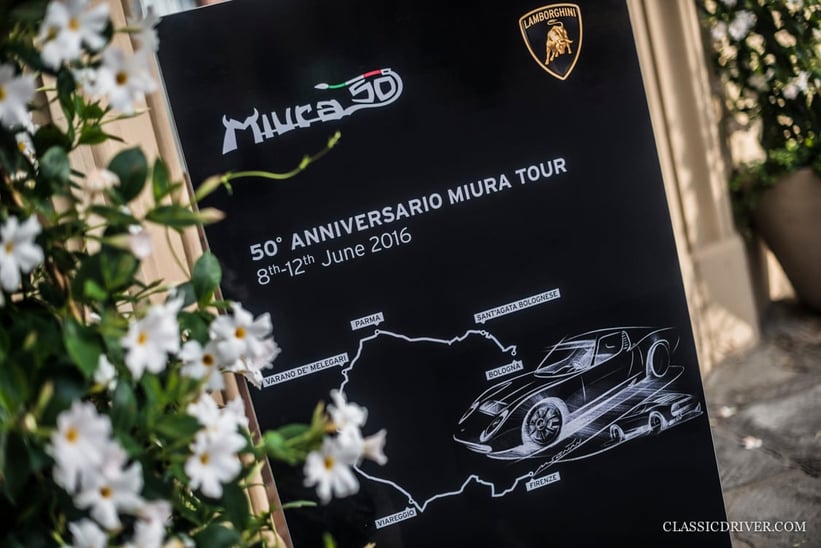
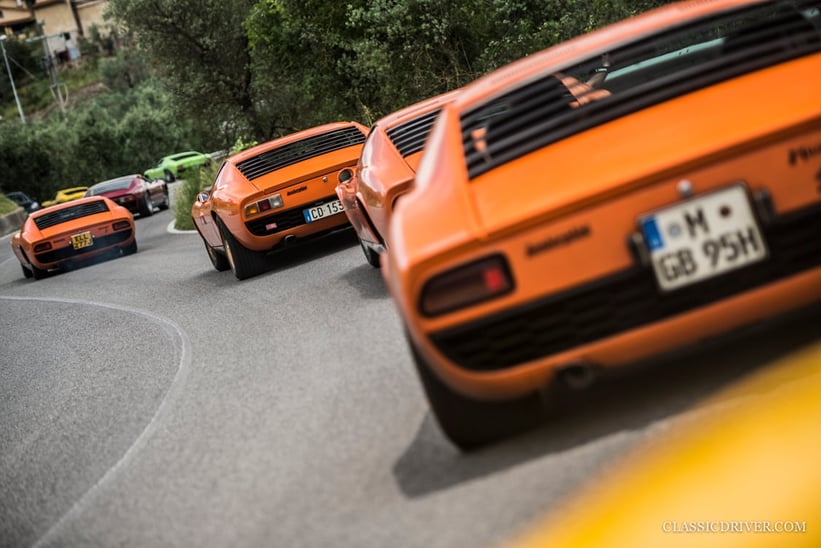
Some might wonder why, if Lamborghini itself had organised the tour, there were ‘just’ 20 Miuras in attendance? But ask yourself this: how often have you seen 20 Lamborghini Miuras together? The reaction of those lining the route as the multi-coloured snake of cars passed through their towns and villages was extraordinary. Italian people have always boasted a proud enthusiasm for classic cars, and Lamborghini obviously holds a special place in their hearts. To them, the Miura is almost mythical, and truly emblematic of the advent of the ‘supercar’ as we know it.

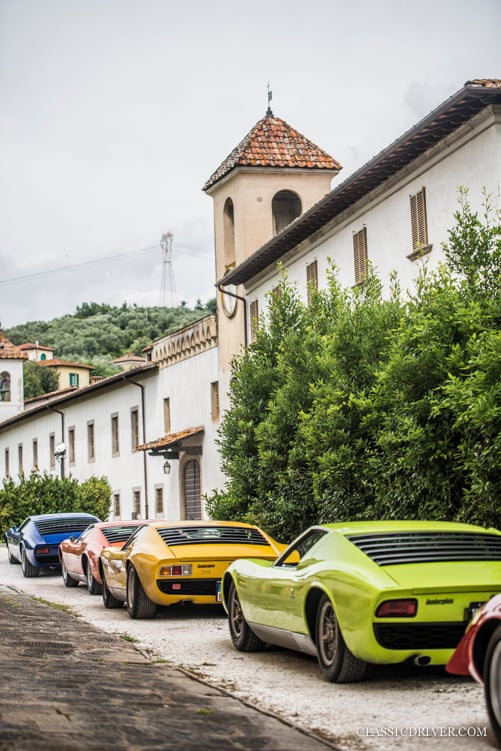
Lamborghini’s decision to limit the number of cars and focus on the communal aspect of Miura ownership was a wise one. Everyone was speaking with each other, and the atmosphere was great – relaxed, and in no way elitist, regardless of these cars’ values. To those who think only wealthy investors with little passion for the subject buy such classic cars: have you ever seen a soulless investor with a tattoo of his car’s logo on his arm? These people are fiercely passionate about the Miura, and they all recognise the significance of the car in automotive history. Inevitably, they all know every last detail about their own cars too, from their histories to their individual quirks.
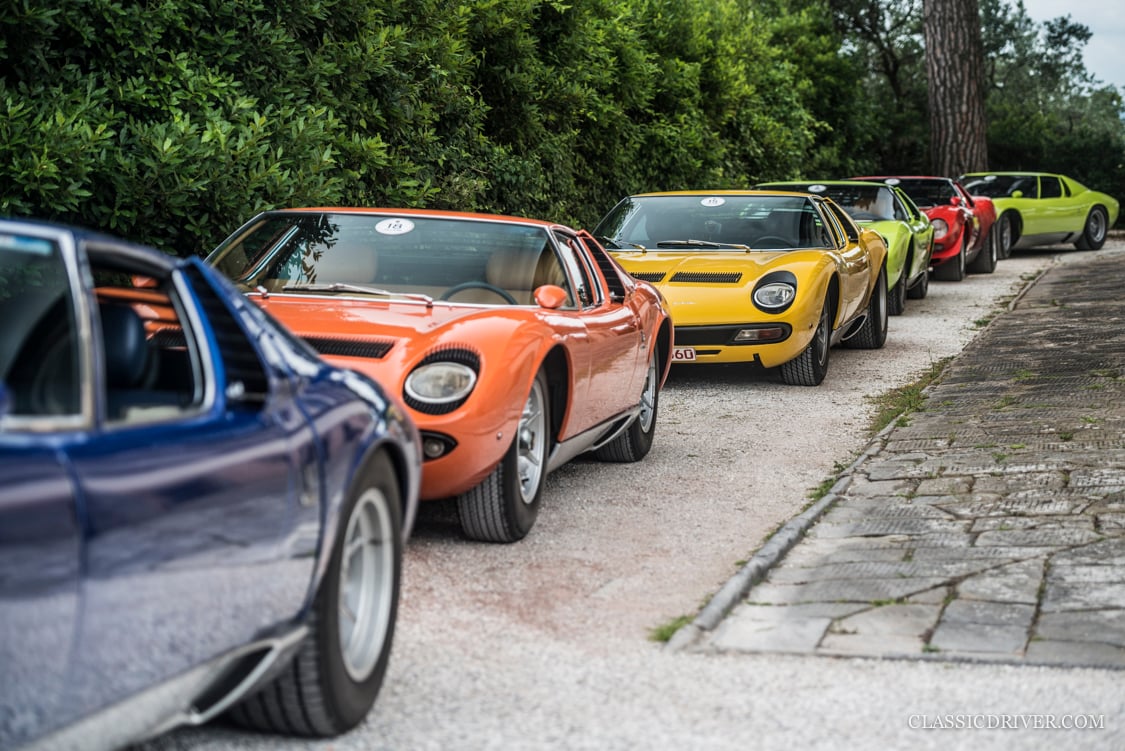
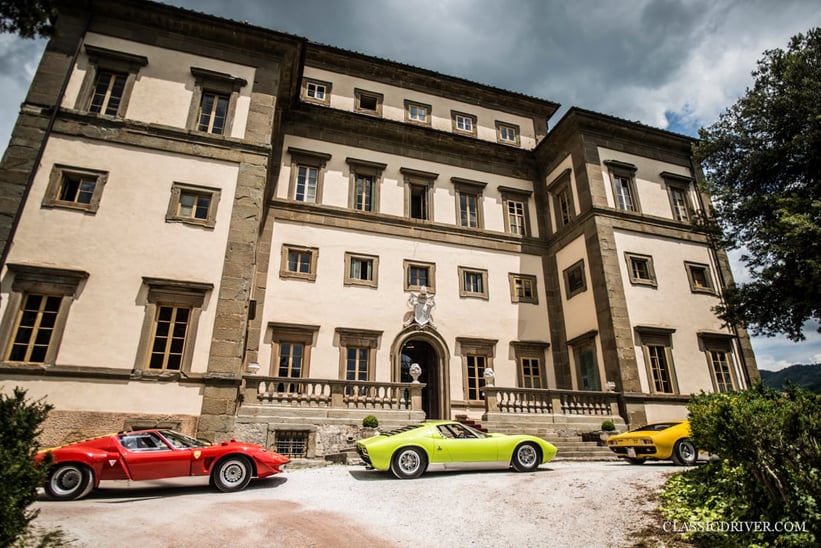
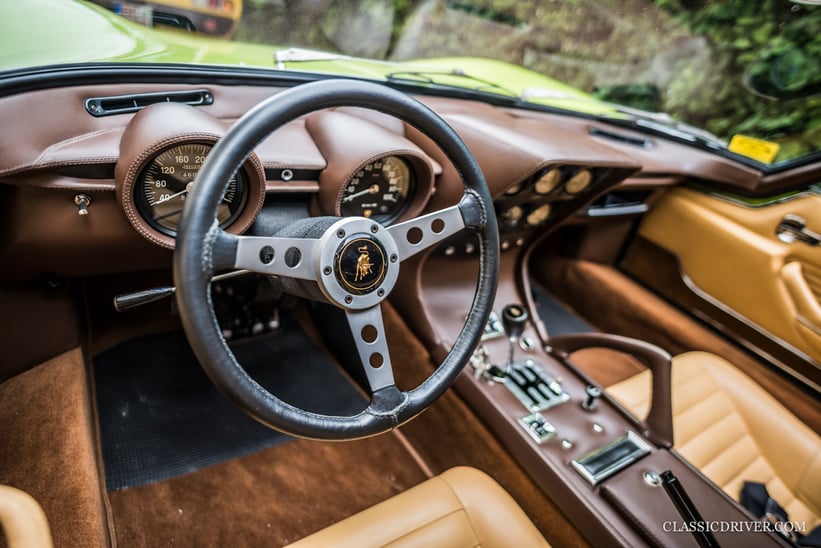
Take two interesting orange Miuras, for example – an S that once belonged to Frank Sinatra, which was fitted with kitsch carpets said to be the same as those in the great singer’s bathroom, and the famous ex-Italian Job P400, with its unique white leather seats. From what we could ascertain, all the owners love to drive their cars, and most are loyal Lamborghini customers. Some even own two Miuras! They truly ‘live’ Lamborghini.
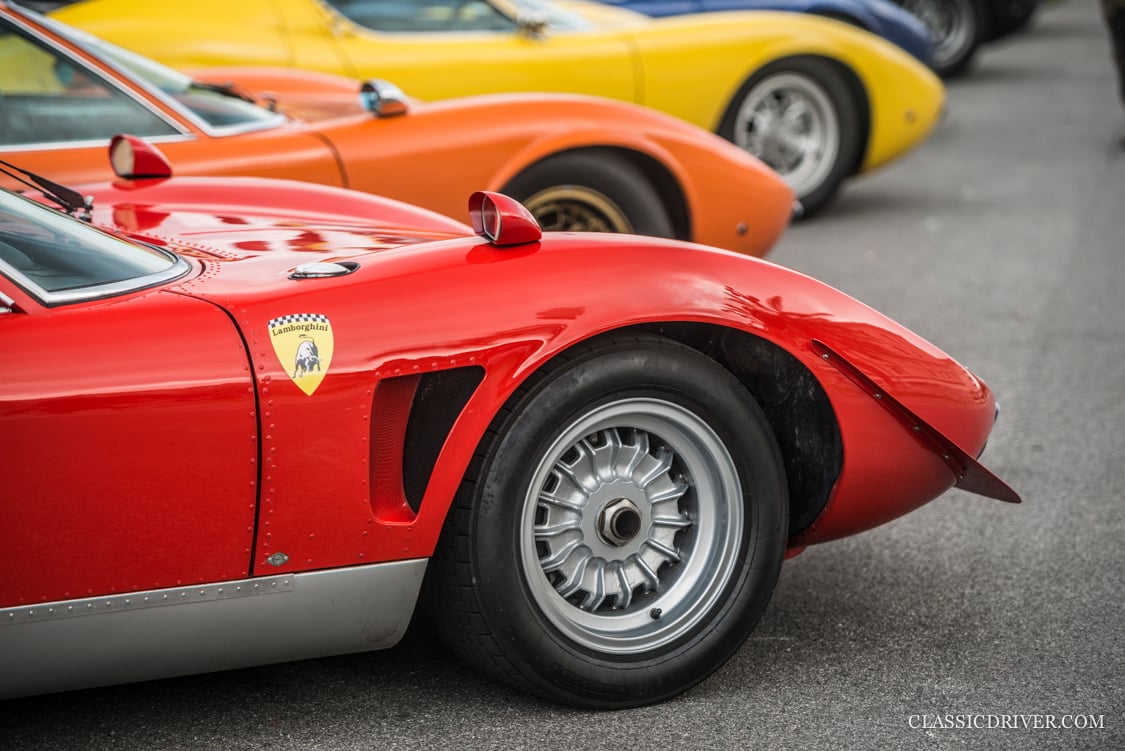
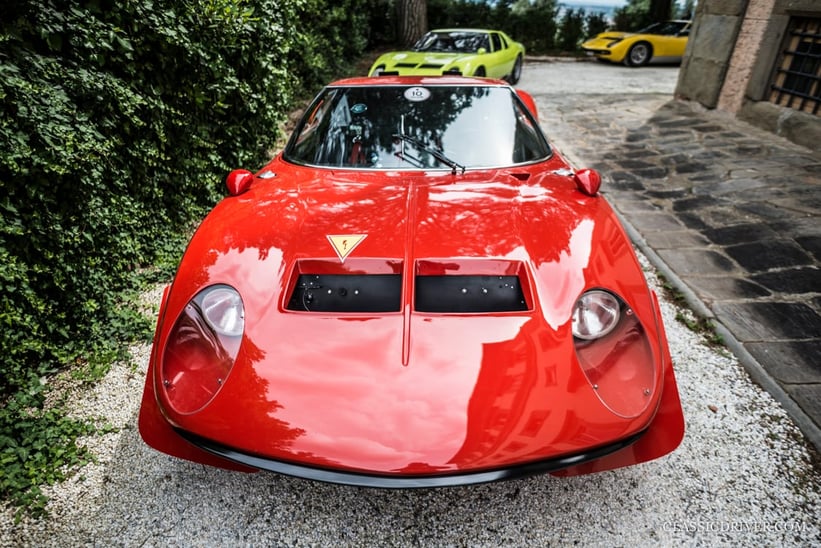
Returning to the cars for a moment, the entire range of Miuras was well represented, with P400s, Ss, SVs and one of just four SV Js ever built all in attendance. While the Roadster was missing (it’s currently exhibited in the Lamborghini museum), the presence of the monstrous Jota recreation definitely made up for it, and garnered the most attention along the route. Yes, it’s a recreation but, as the original car was so famously destroyed in the period, this example is not attempting to fool anyone. The owner was very comfortable about the fact, gladly explaining to us how he went about building an exact copy of the Jota, starting with the chassis of a wrecked P400. The result is stunning, and much attention was paid to every detail to ensure the car was as close as possible to the original.

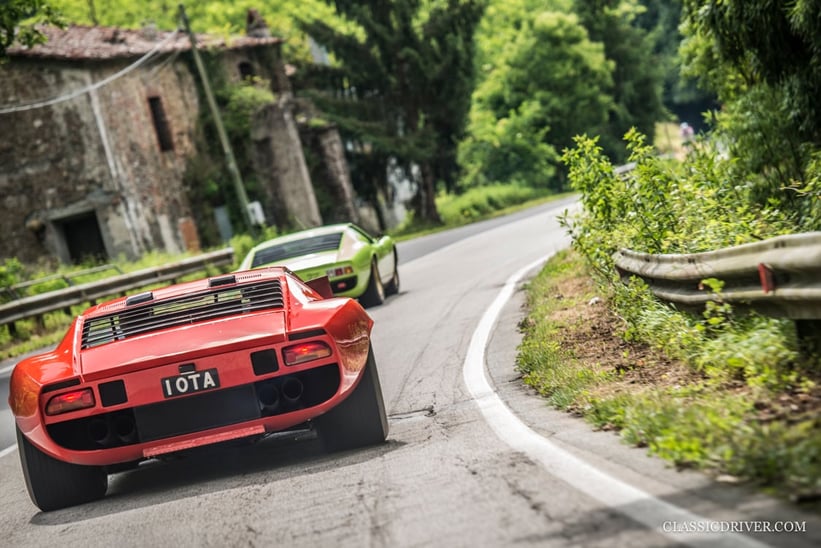
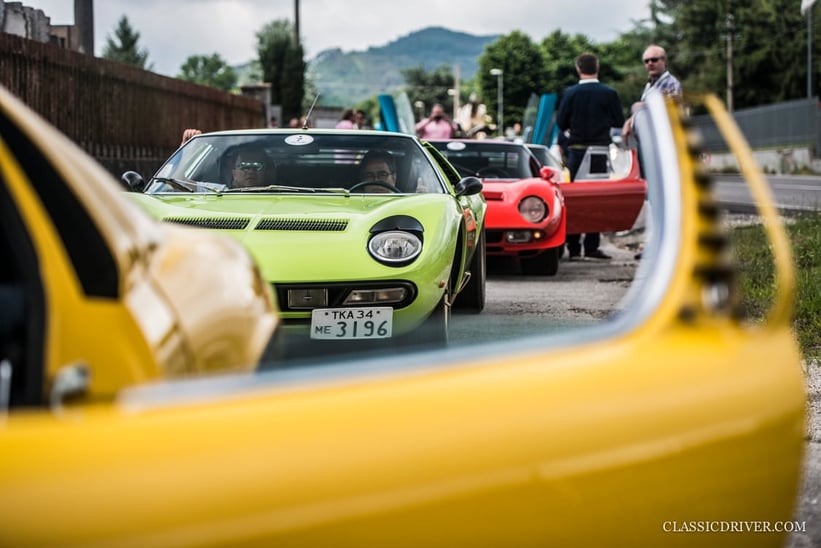
Fitted with a more aggressive engine than those in the ‘normal’ Miuras, the Jota’s song is, for want of another word, crazy. Those megaphone exhausts, which are directly connected to the engine, give the car another level of volume, drowning out every other car on the tour including the new Aventador SVs. Everyone agreed that reviving this automotive legend was the right thing to do – kudos to the owner.
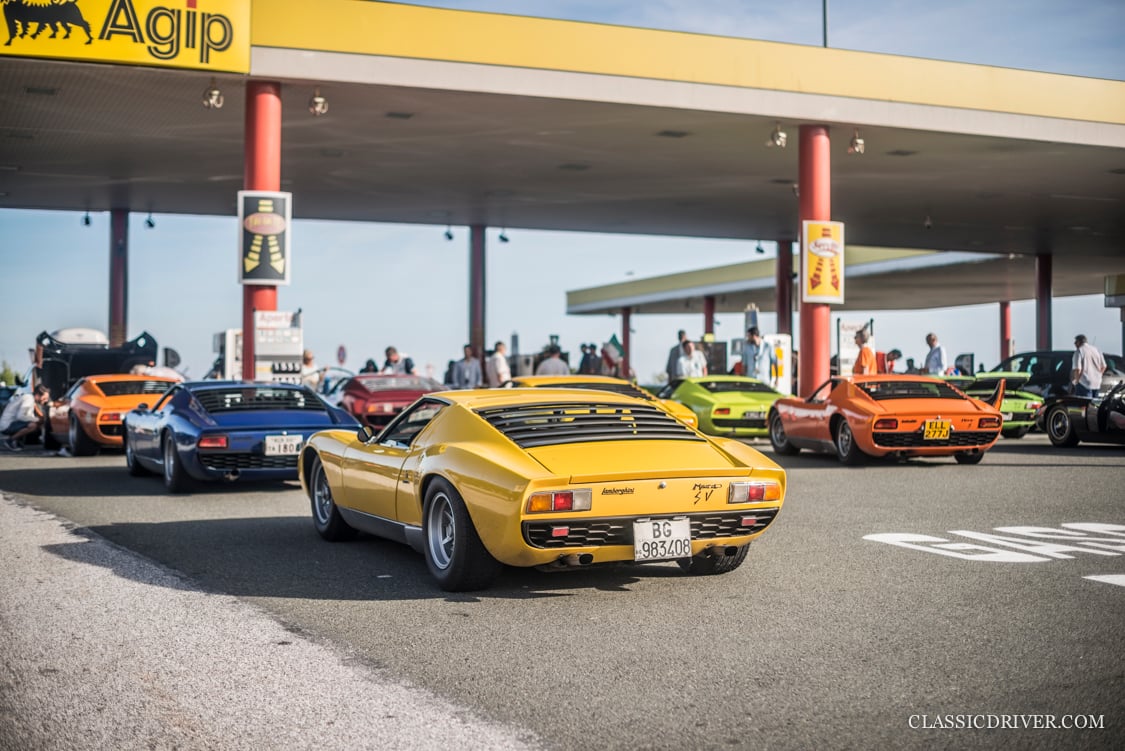
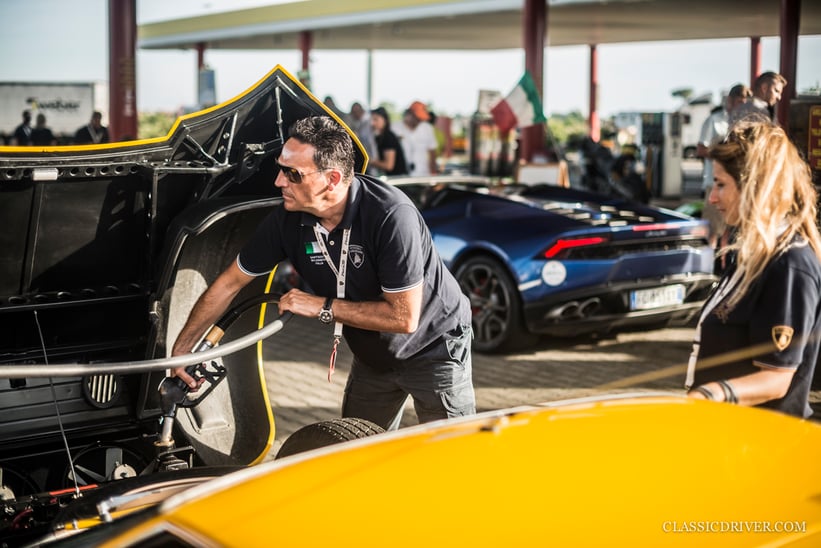
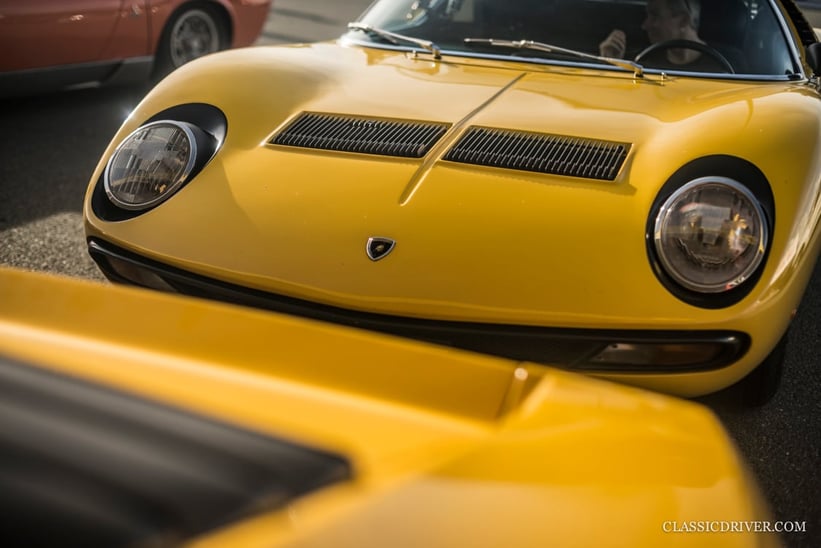
Our overall impressions of the rally were that Lamborghini did it properly. The intimate event boasted an incomparable atmosphere, and everyone was made truly welcome, from start to finish. Furthermore, we were invited to actually become part of the tour. As part of the VW Group, you might think that Lamborghini would have provided some Audis for us to drive, but no. In quintessential Italian style, we had no choice but to drive an Aventador SV, and the simply astonishing Polo Storica-restored Miura SV from the Lamborghini museum…
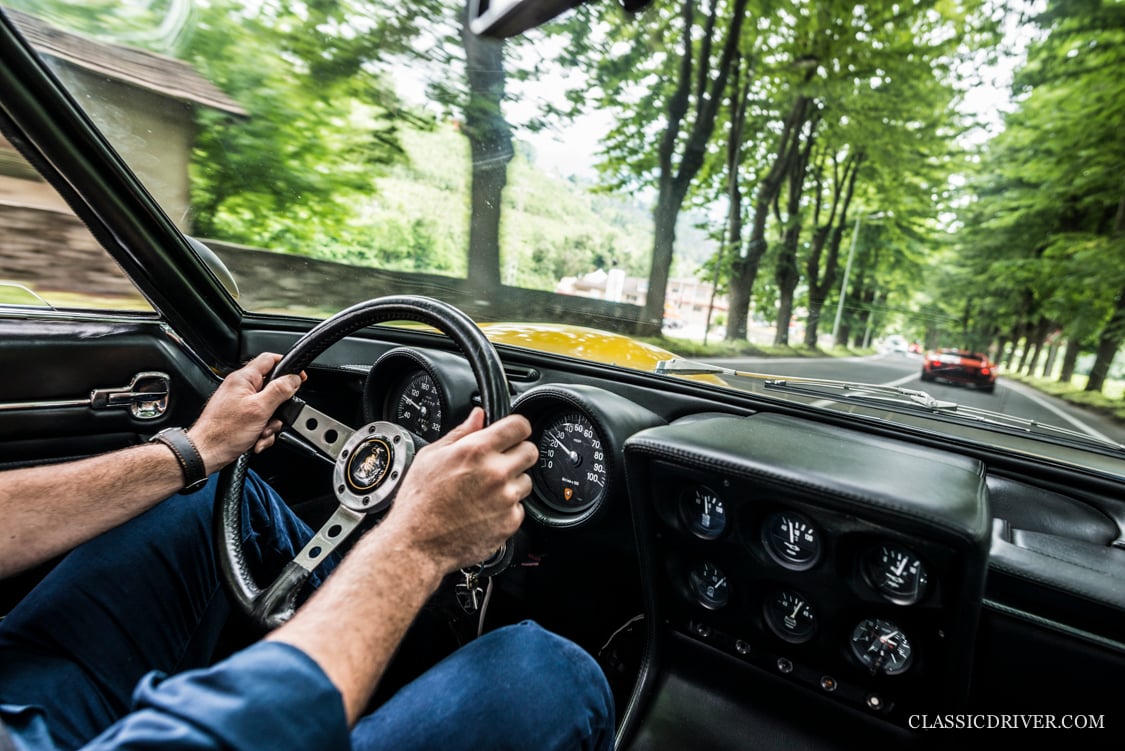
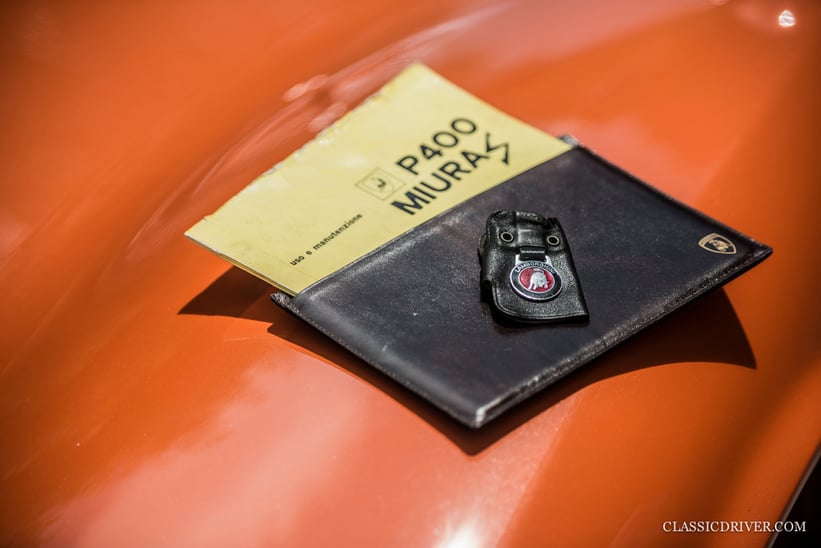
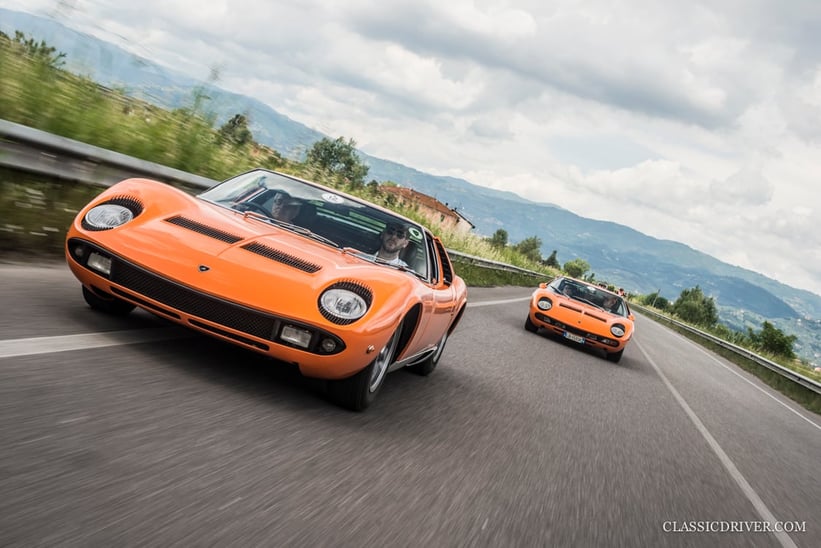
This was my first drive in a Miura. Once you’re acquainted with the almost comical driving position, with legs akimbo either side of the big steering wheel and head slightly bent beneath the rather low headliner, you learn how to drive the thing. The clutch is remarkably easy, though you need to be very firm with the gear lever to avoid crunching the gears. Double-declutching is a necessity. Once you’ve got the hang of it, the Miura will quickly become your favourite mistress. After a whole afternoon spent driving the SV, I can honestly say that it’s a fantastic machine to drive, given you treat it properly and with respect for the mechanical elements. Reluctantly handing those keys back was a particularly sad moment – I hope to be able to drive a Miura again as soon as possible.
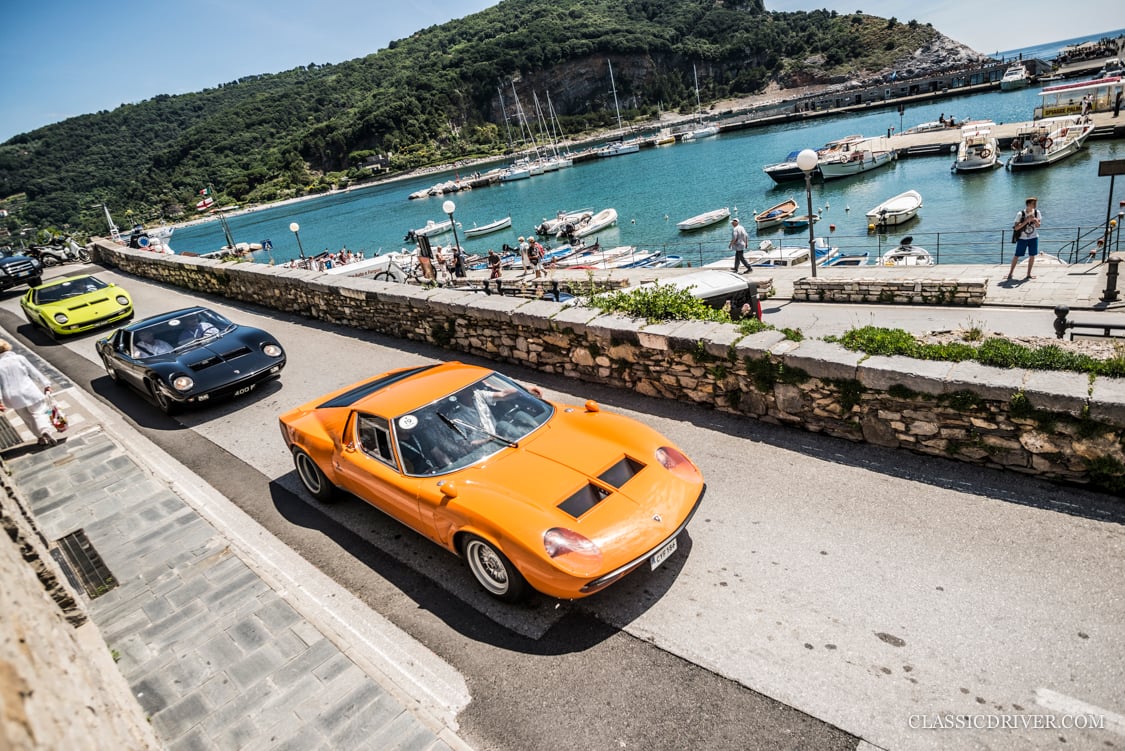
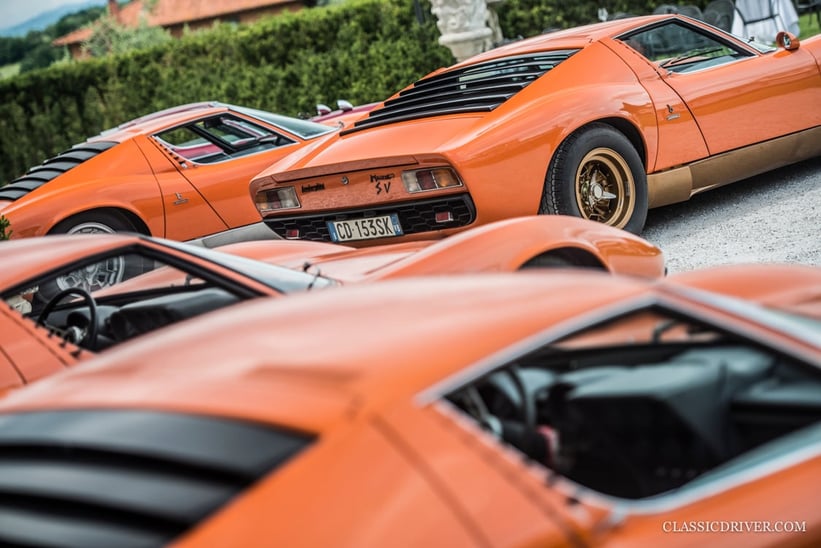
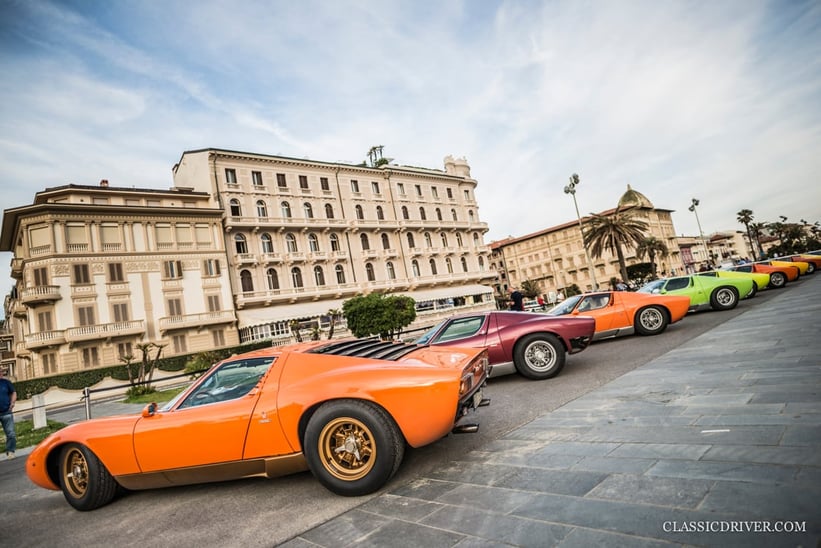
The Lamborghini Miura was an incredible step not just in the history of automotive design and engineering, but also in automotive sporting prowess. Fifty years on, the Miura is still relevant, and still very modern. In fact, we don’t think it’s ever felt so young. Tanti auguri, Miura!






































































































